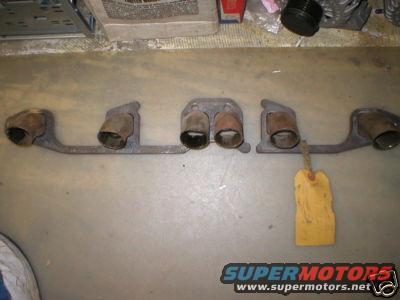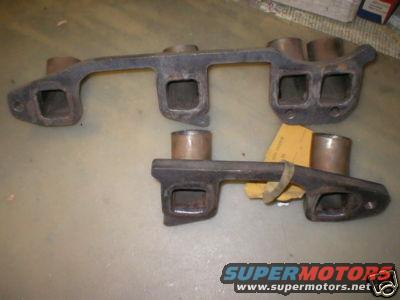texas_rat_trap
Well-known member
Hey guys,
Just picked up these Header Flanges from Erape...I mean Ebay and was wondering if anybody recognized the part # or where they may have come from. Also does anyone know how the heat riser on the intake works with a header? Do I need to weld some sort of heat riser on the header and what would be the best way to custom weld headers on the flanges, I was thinking of buying one of those build your own header kits from Jegs or Summit. Oh one more question, I wonder why its split 2-4 and not a one piece flange.

Part# or Tag#----F5331K--- fits (215-223-226)

Just picked up these Header Flanges from Erape...I mean Ebay and was wondering if anybody recognized the part # or where they may have come from. Also does anyone know how the heat riser on the intake works with a header? Do I need to weld some sort of heat riser on the header and what would be the best way to custom weld headers on the flanges, I was thinking of buying one of those build your own header kits from Jegs or Summit. Oh one more question, I wonder why its split 2-4 and not a one piece flange.

Part# or Tag#----F5331K--- fits (215-223-226)






